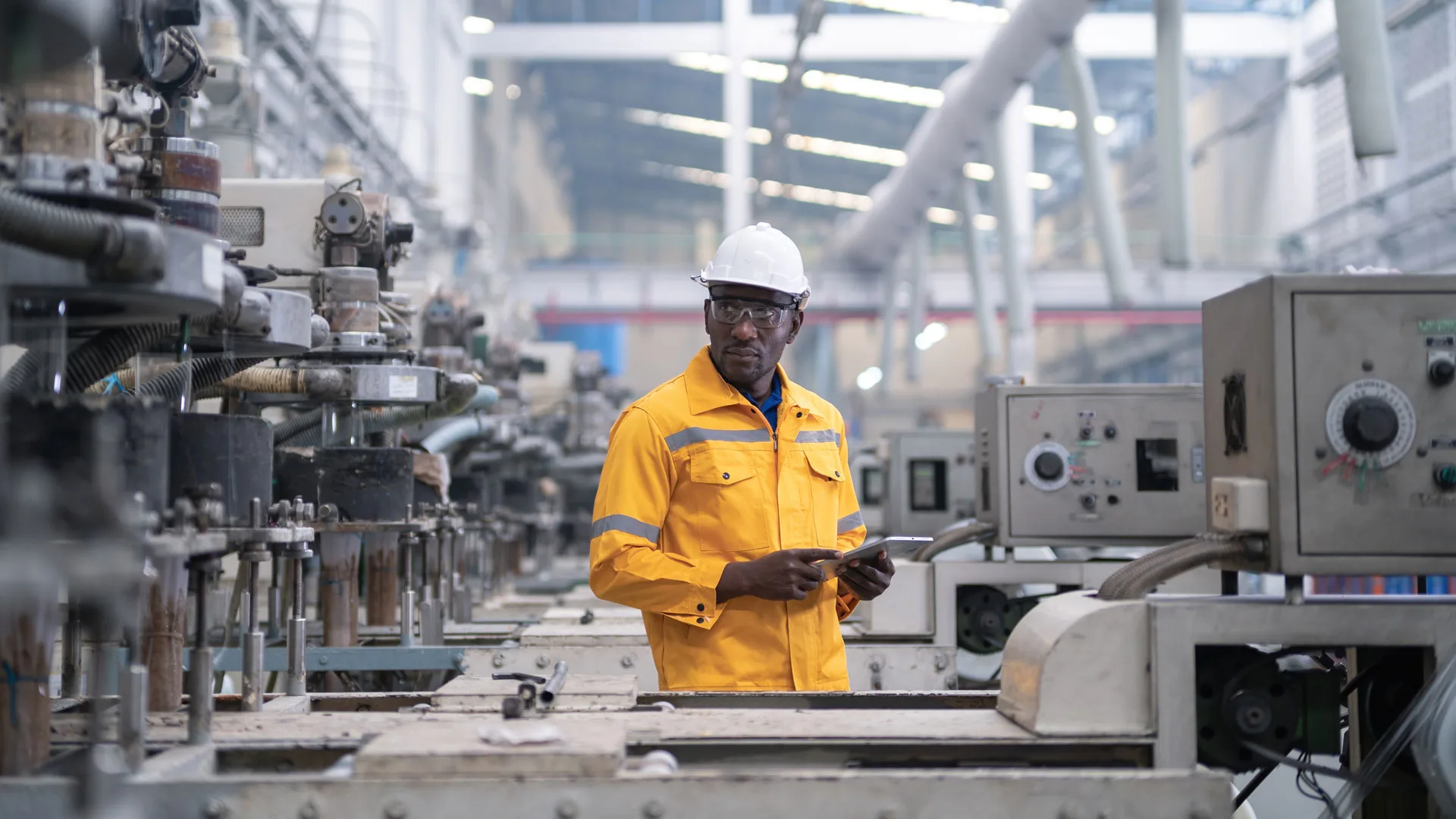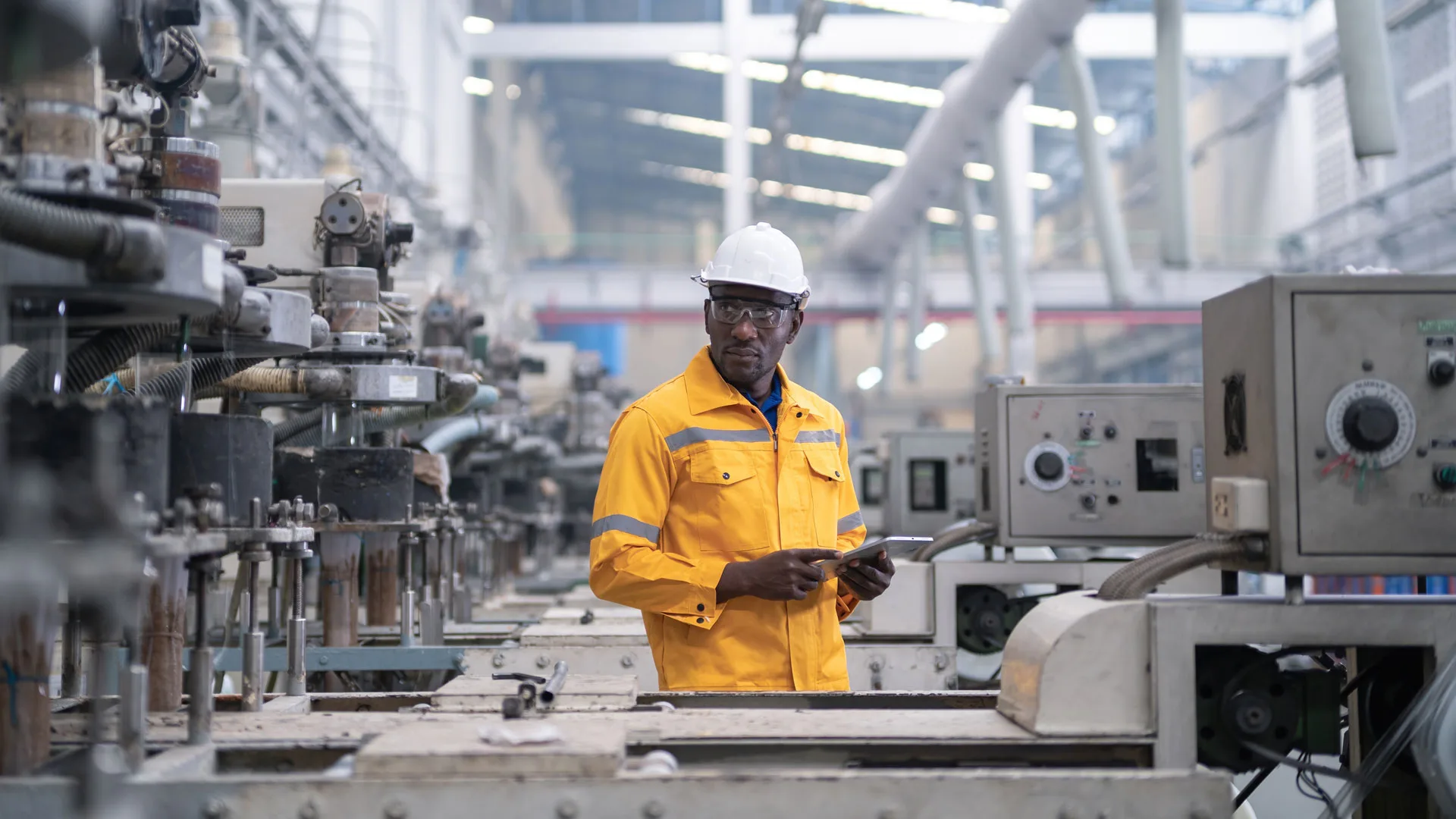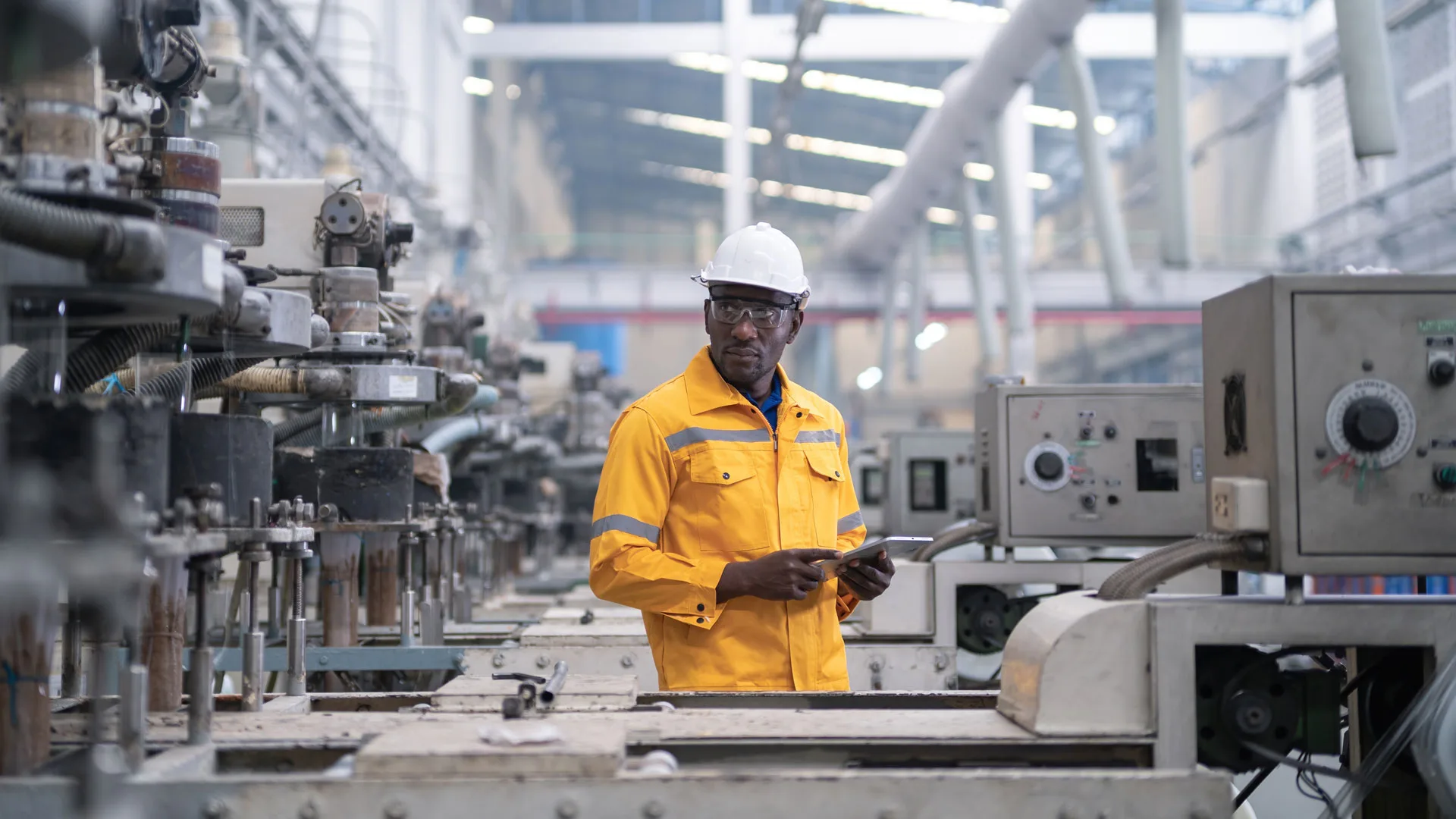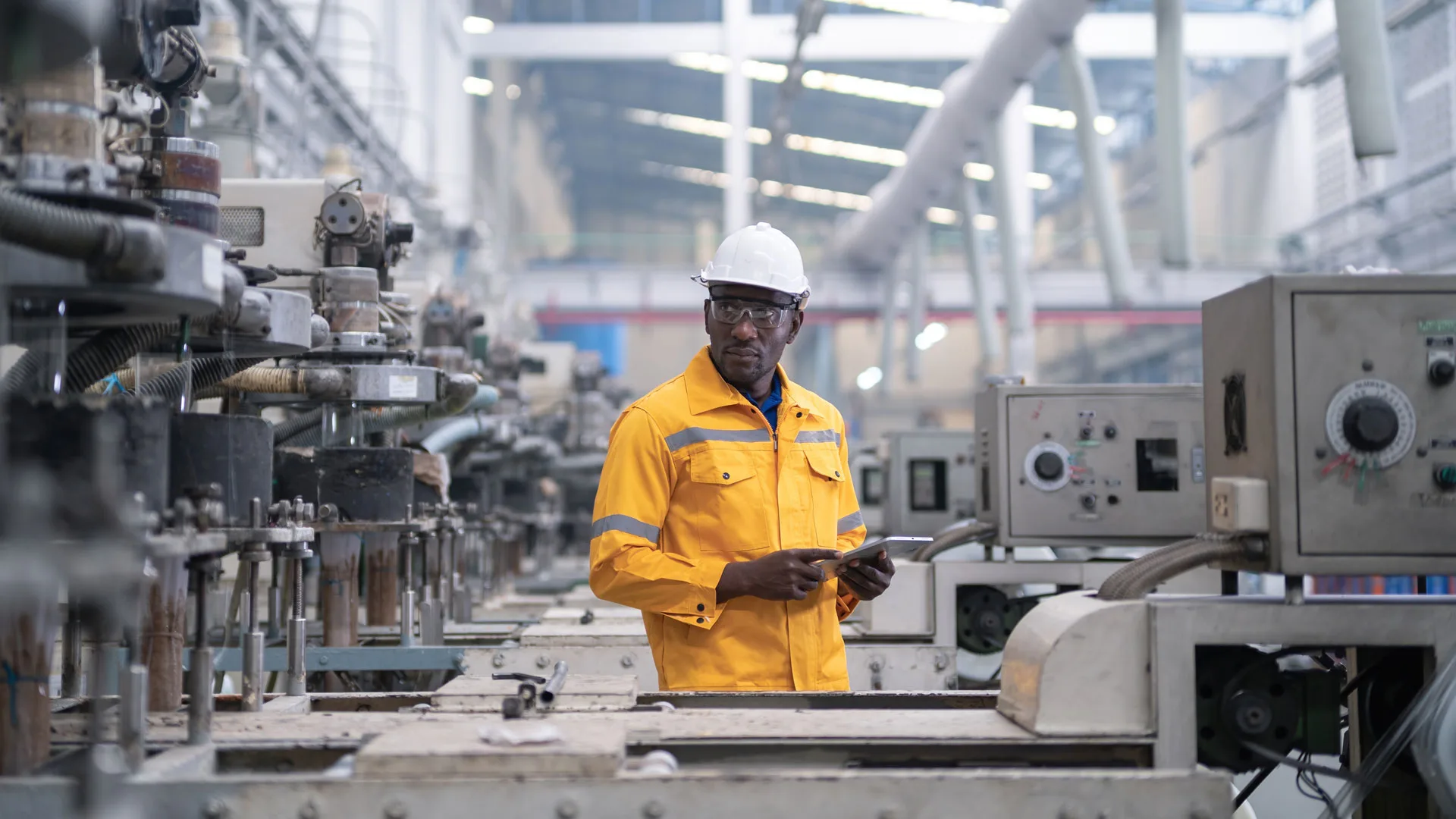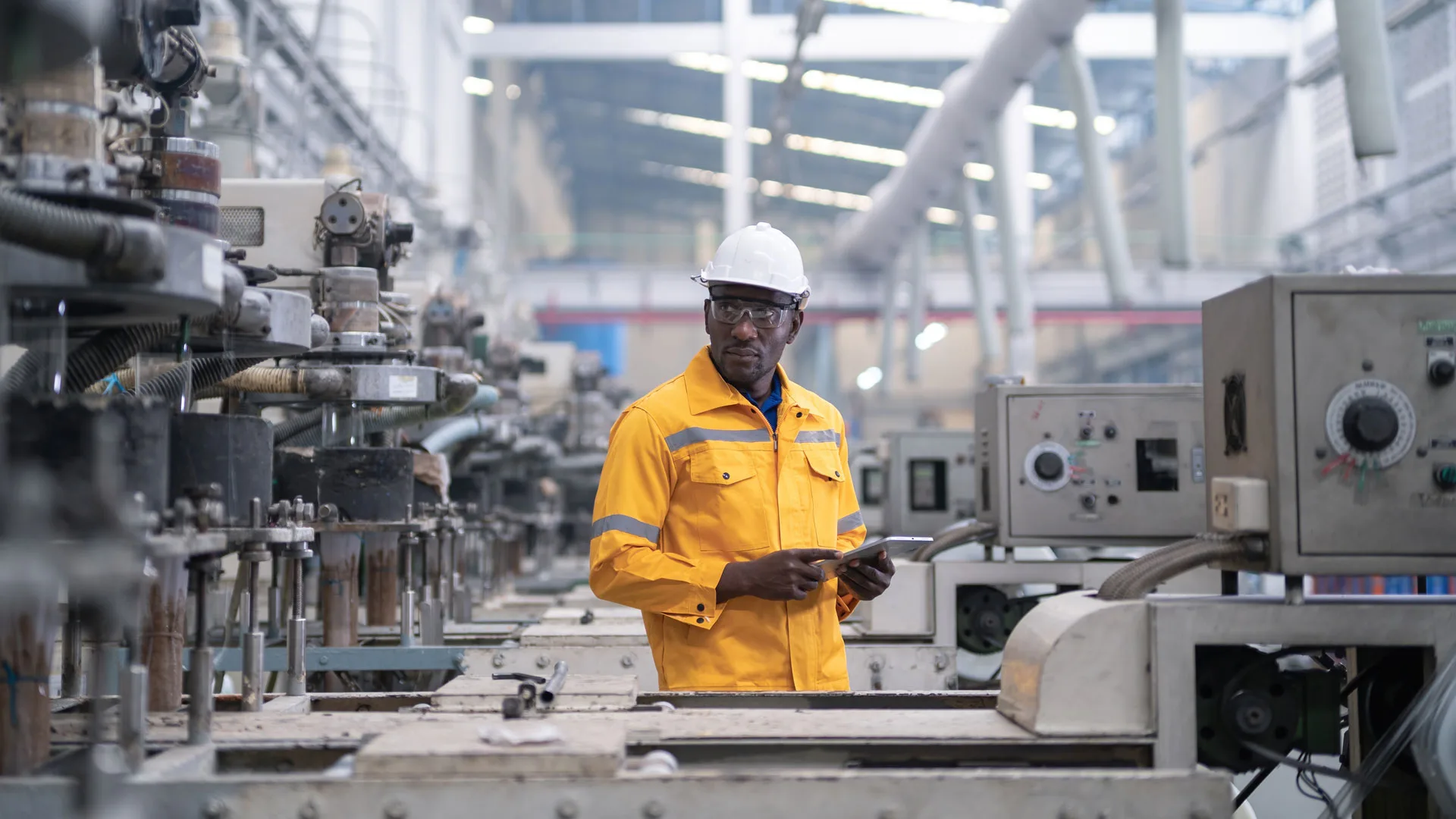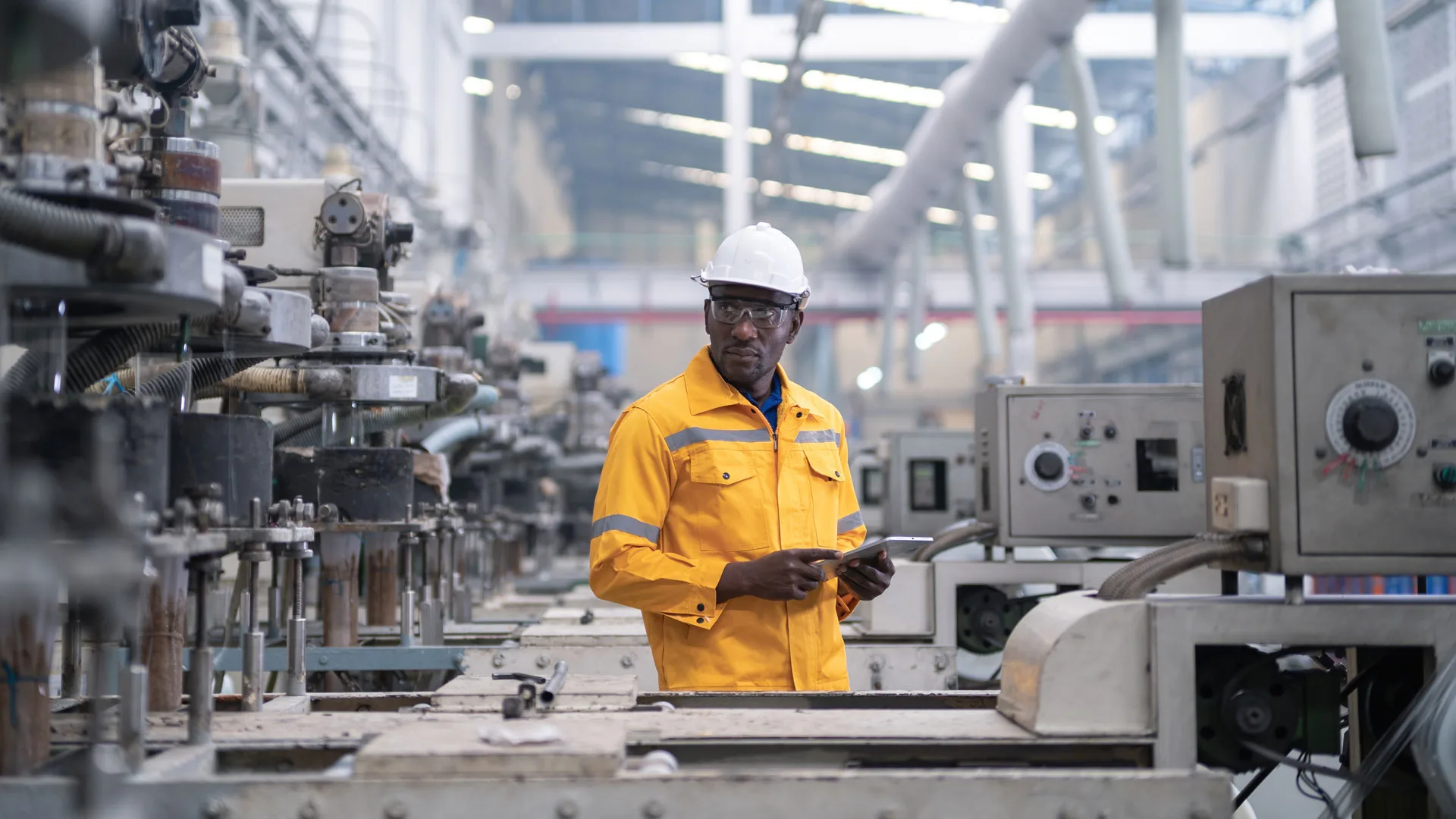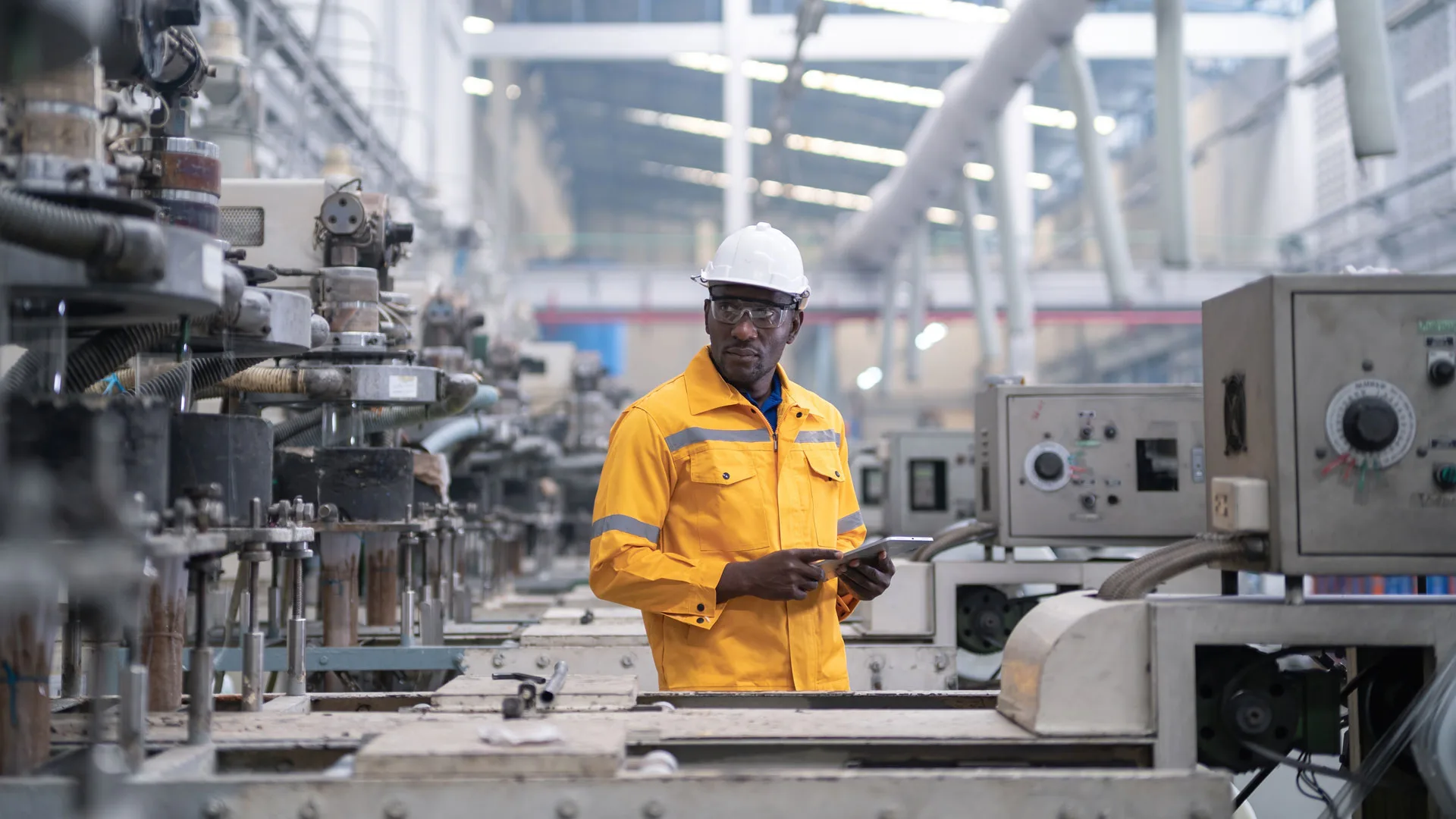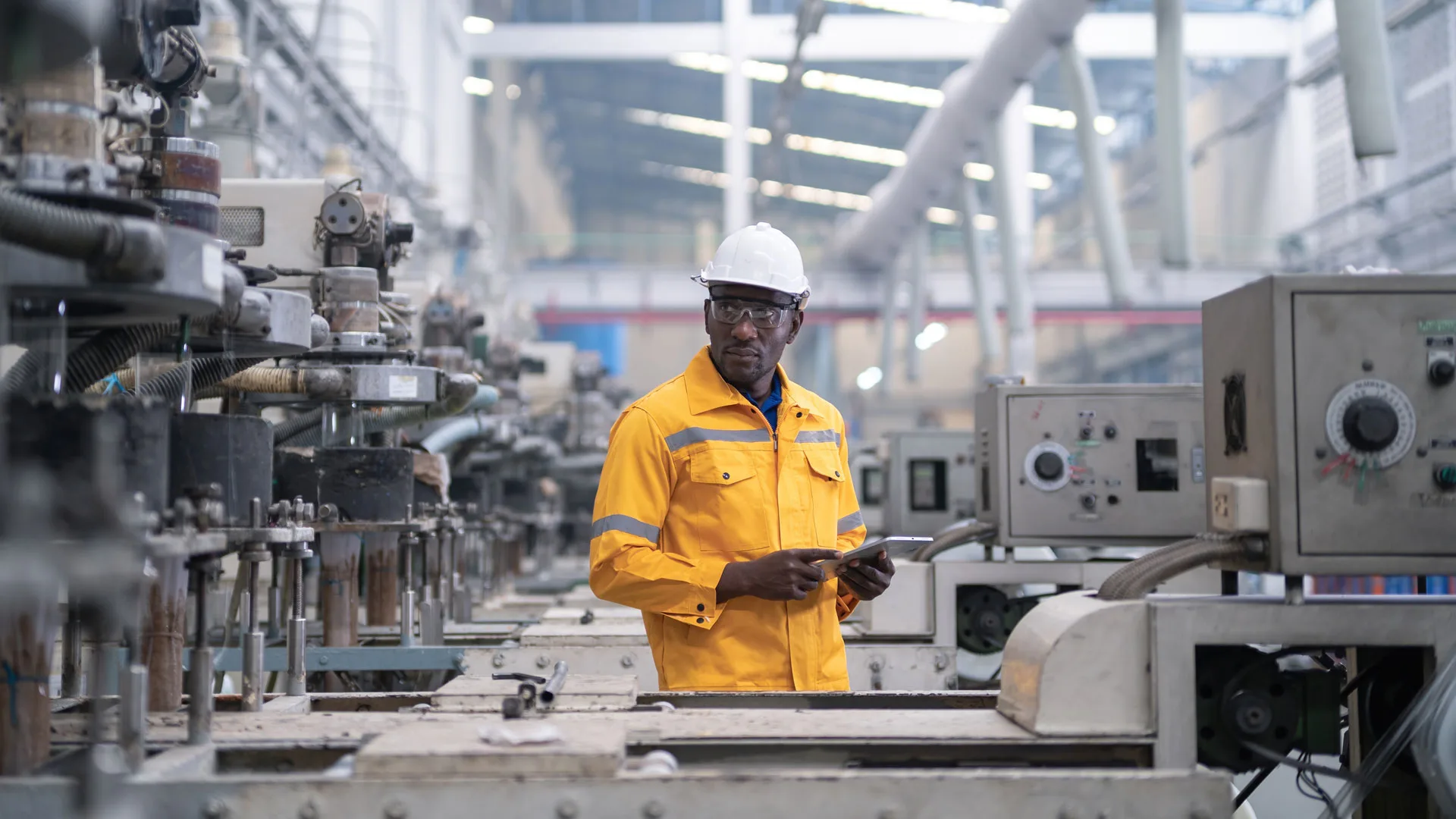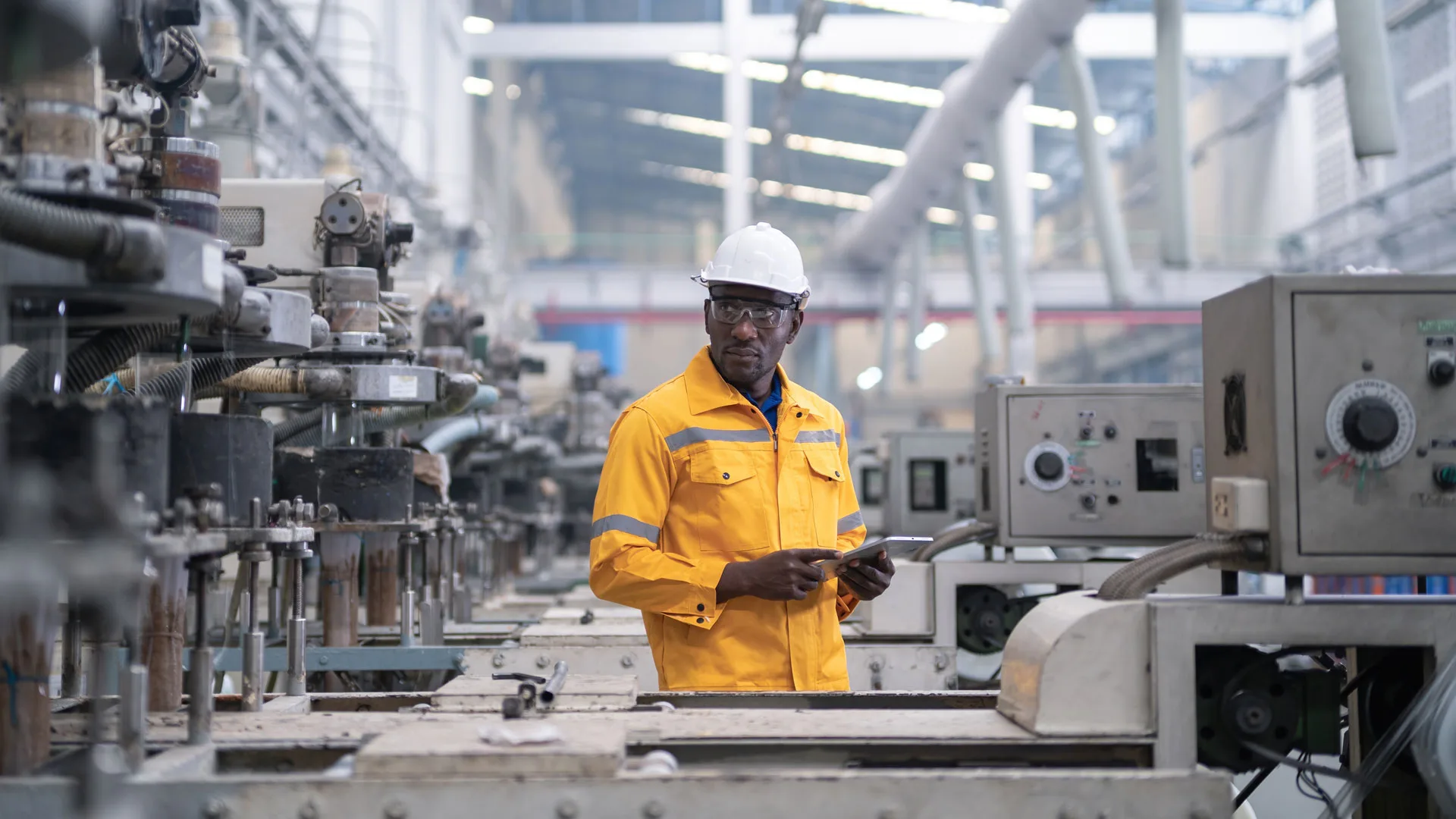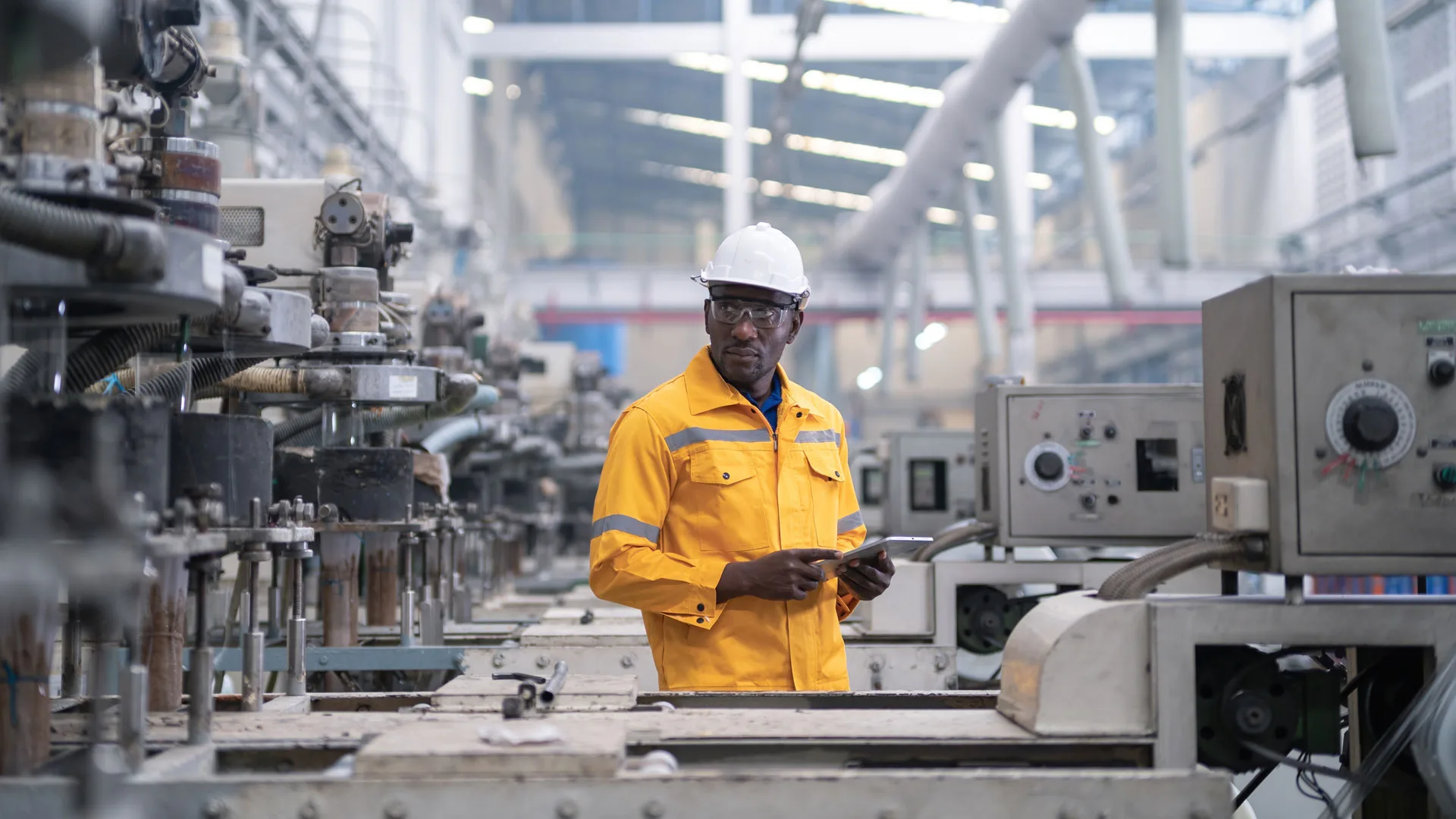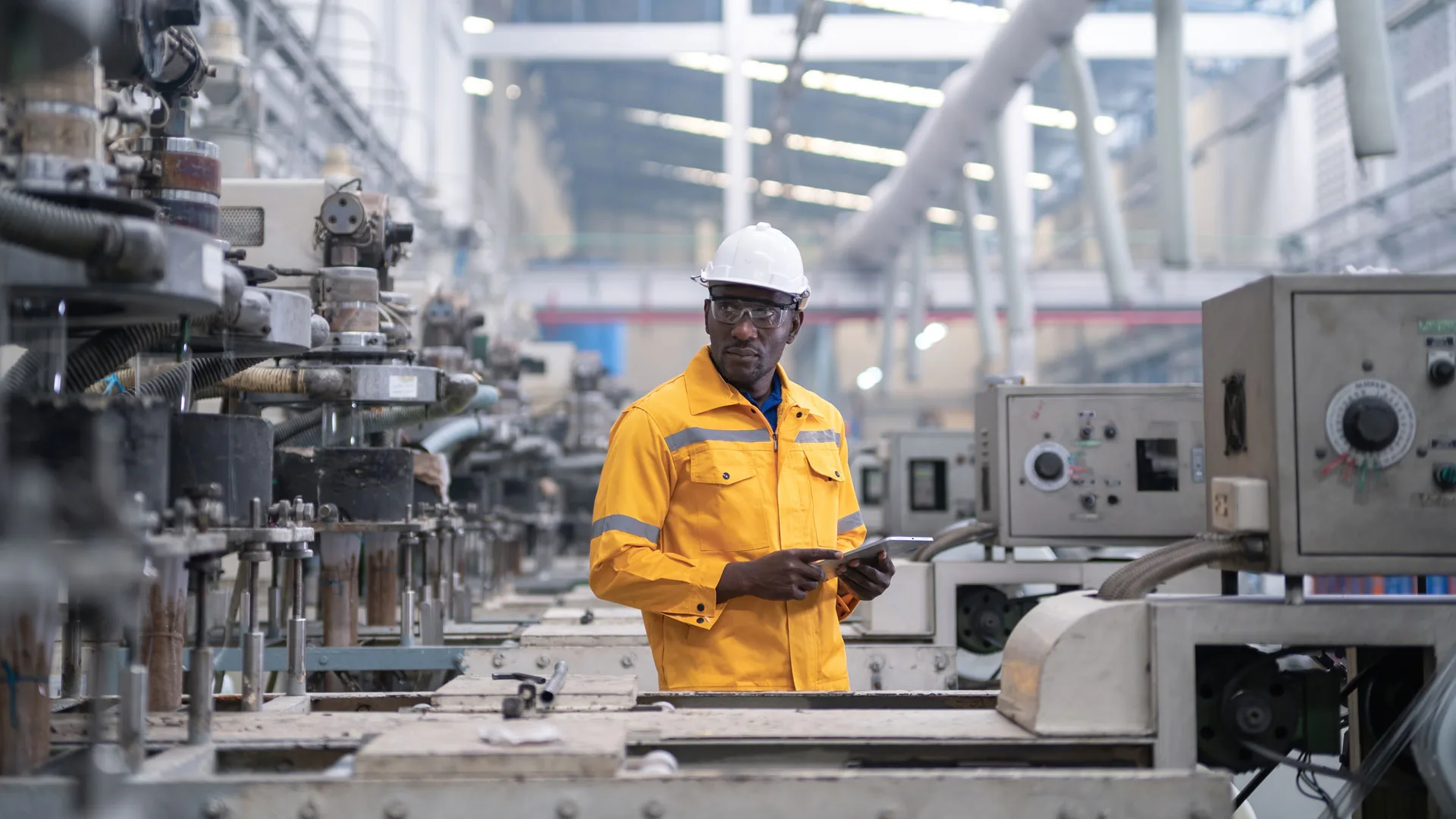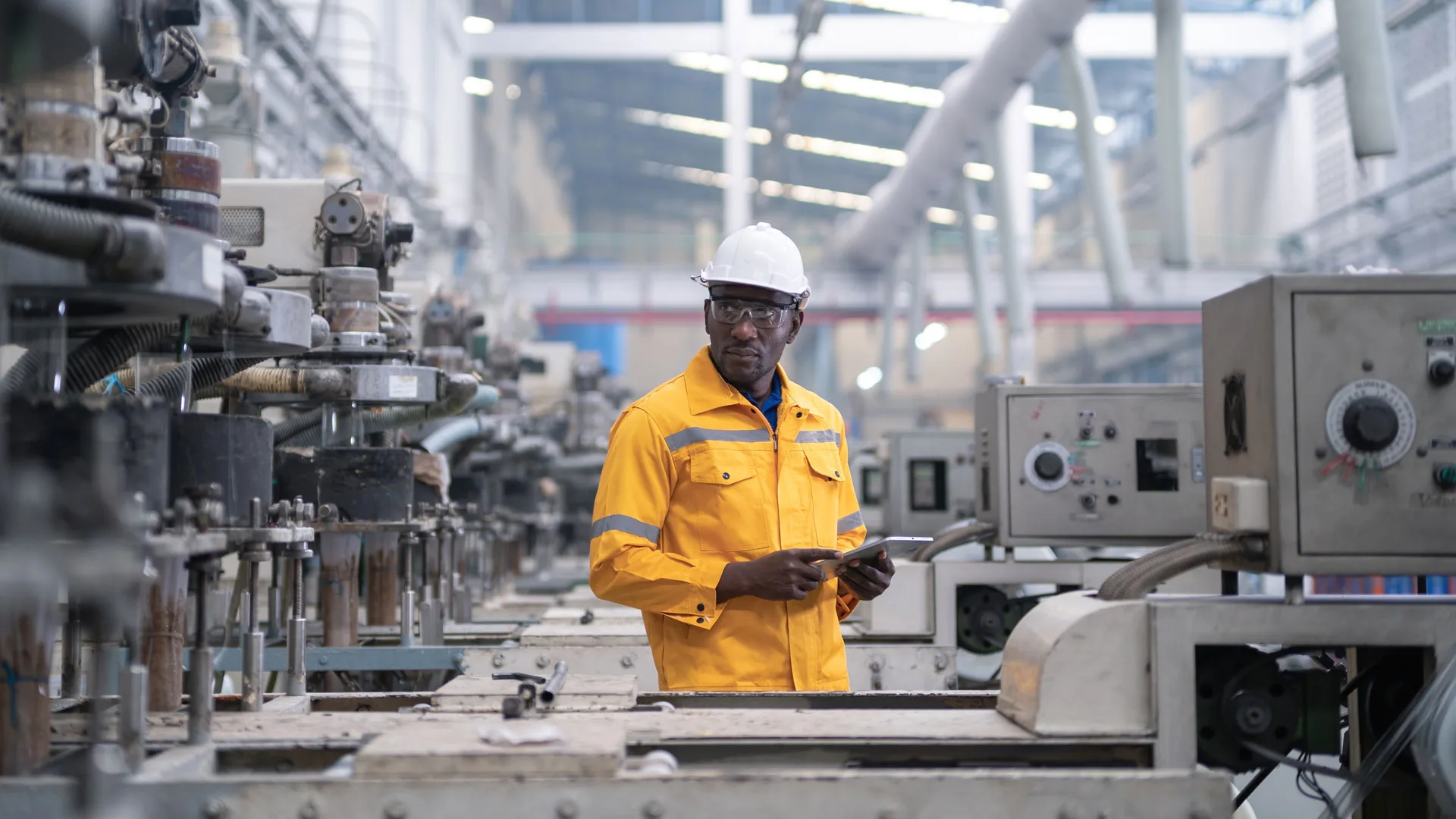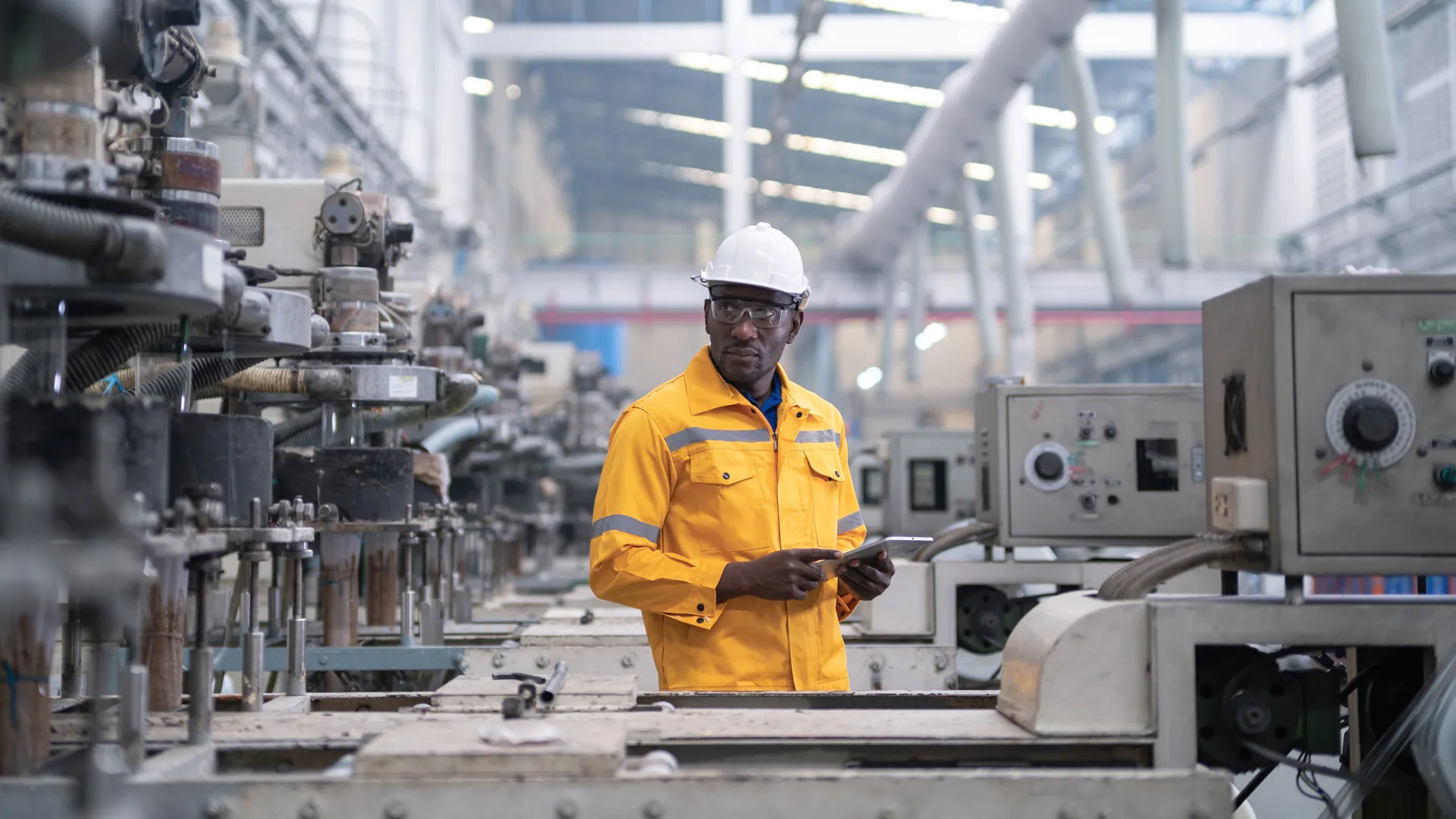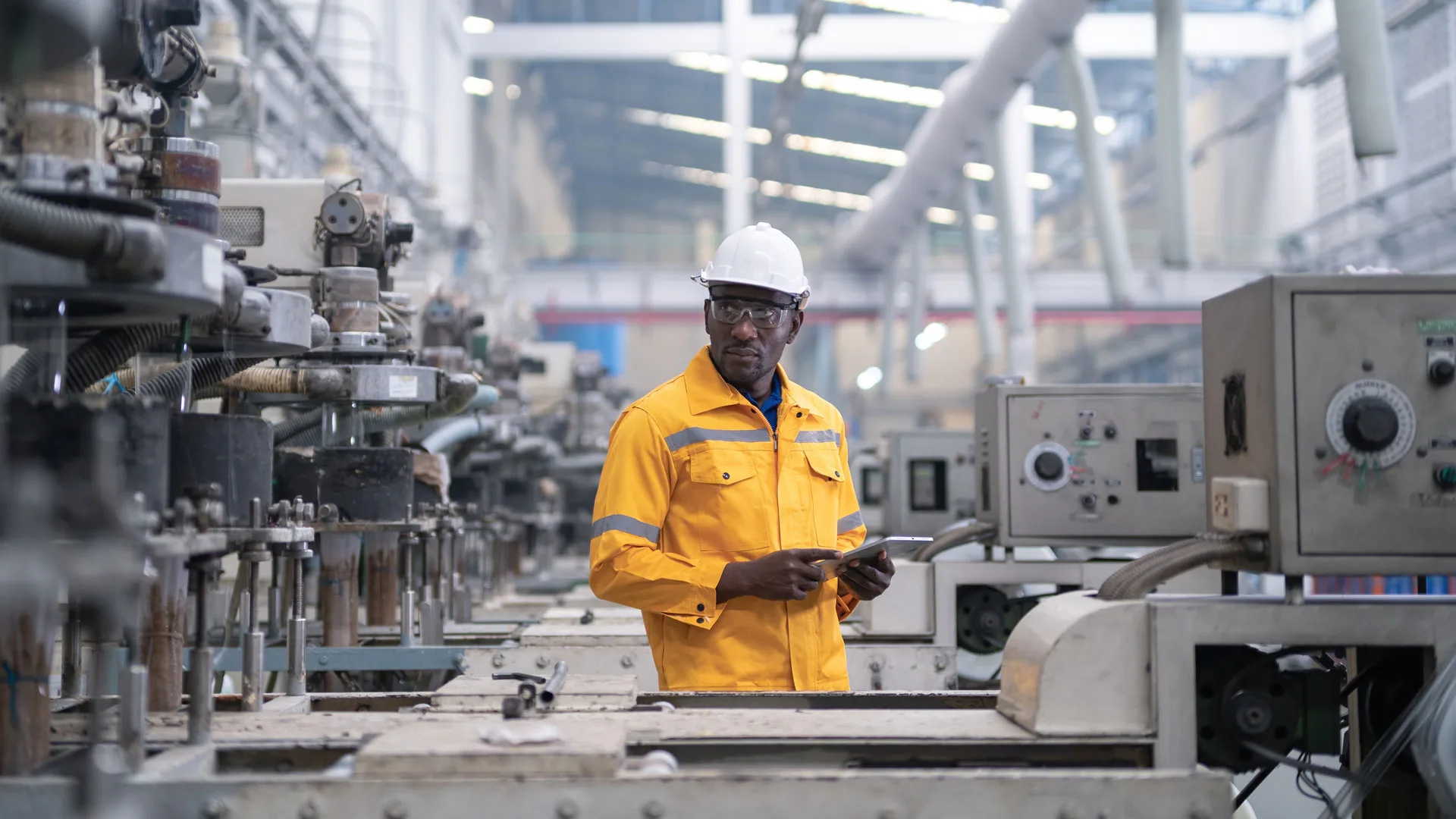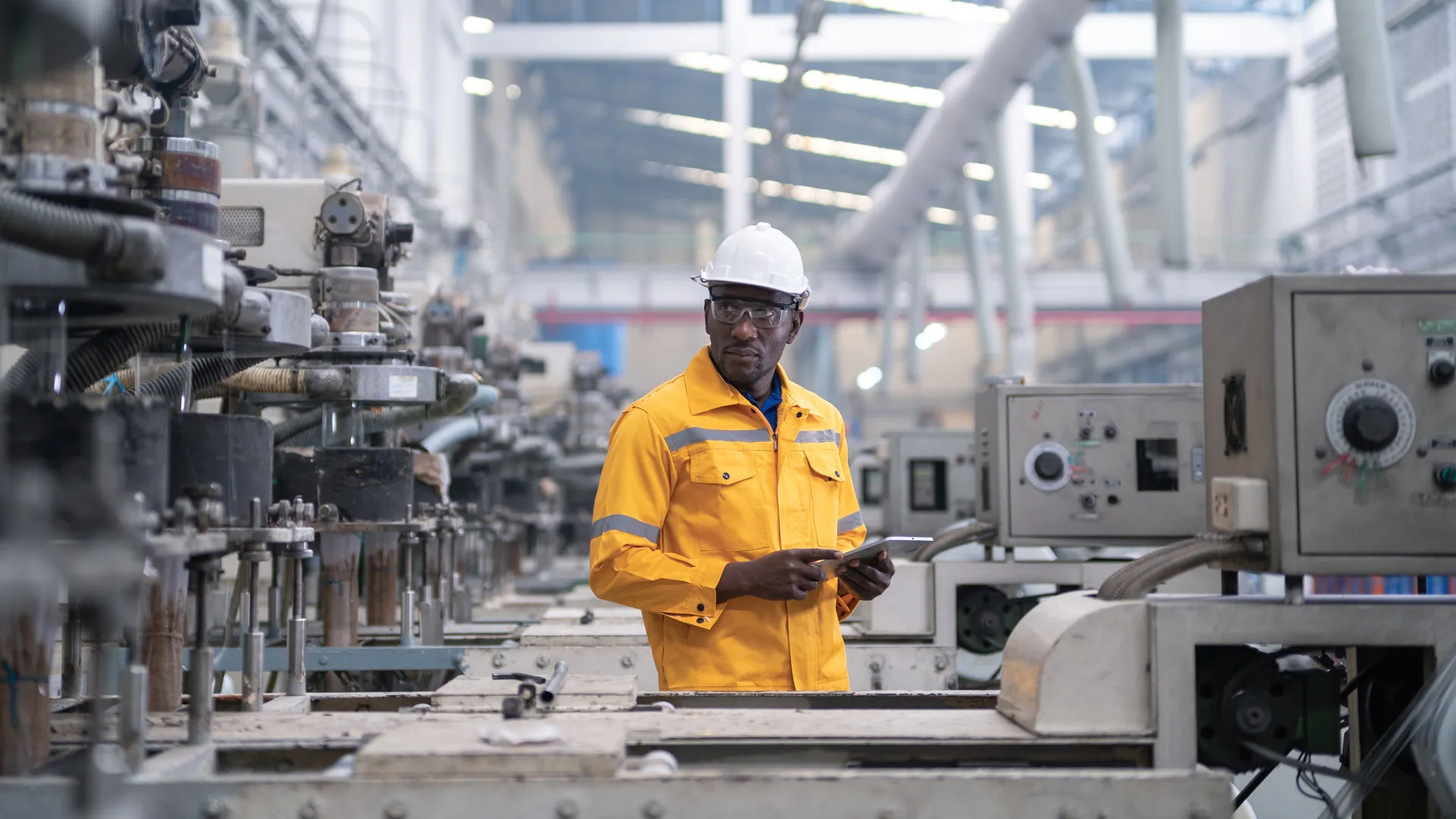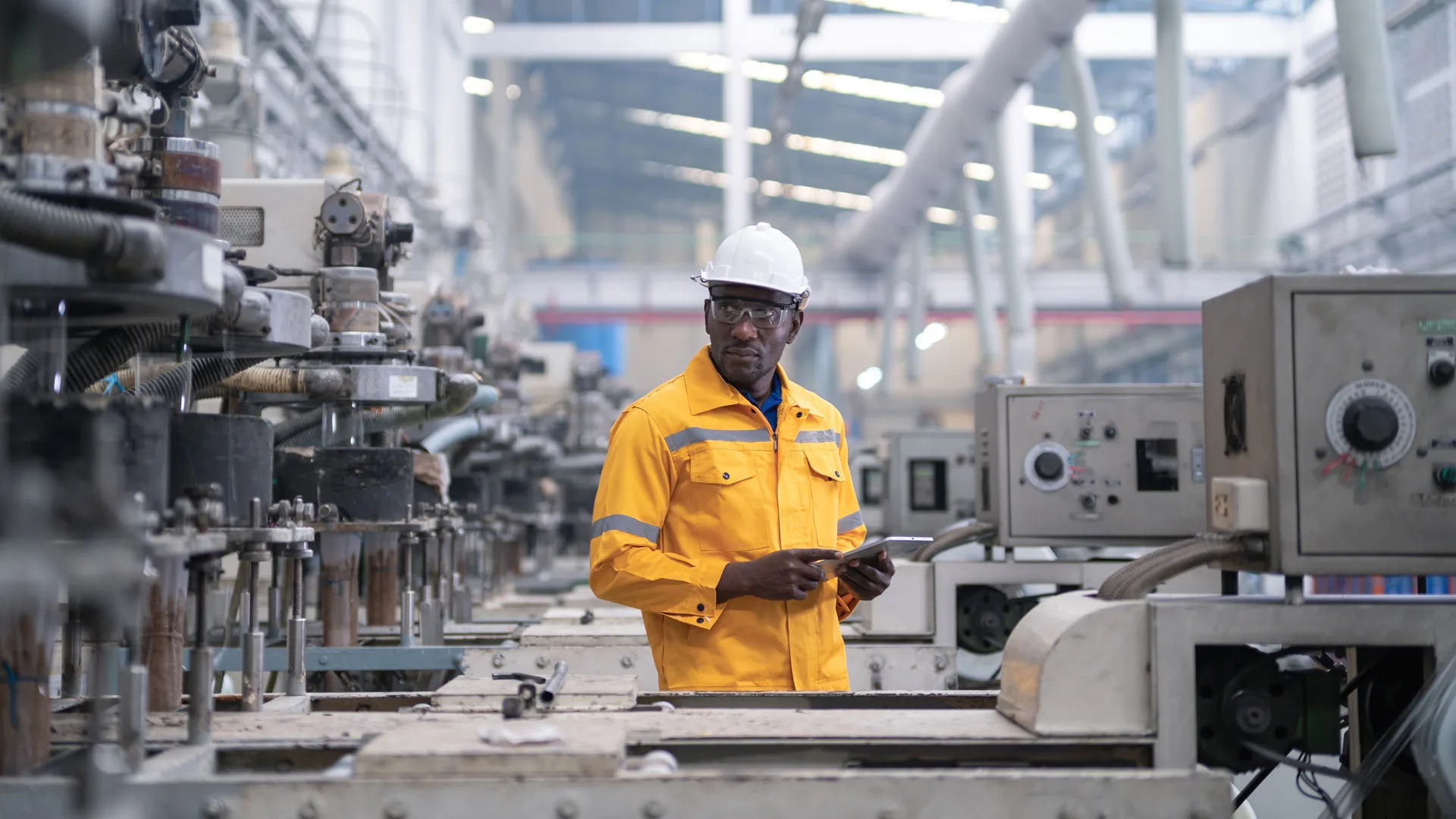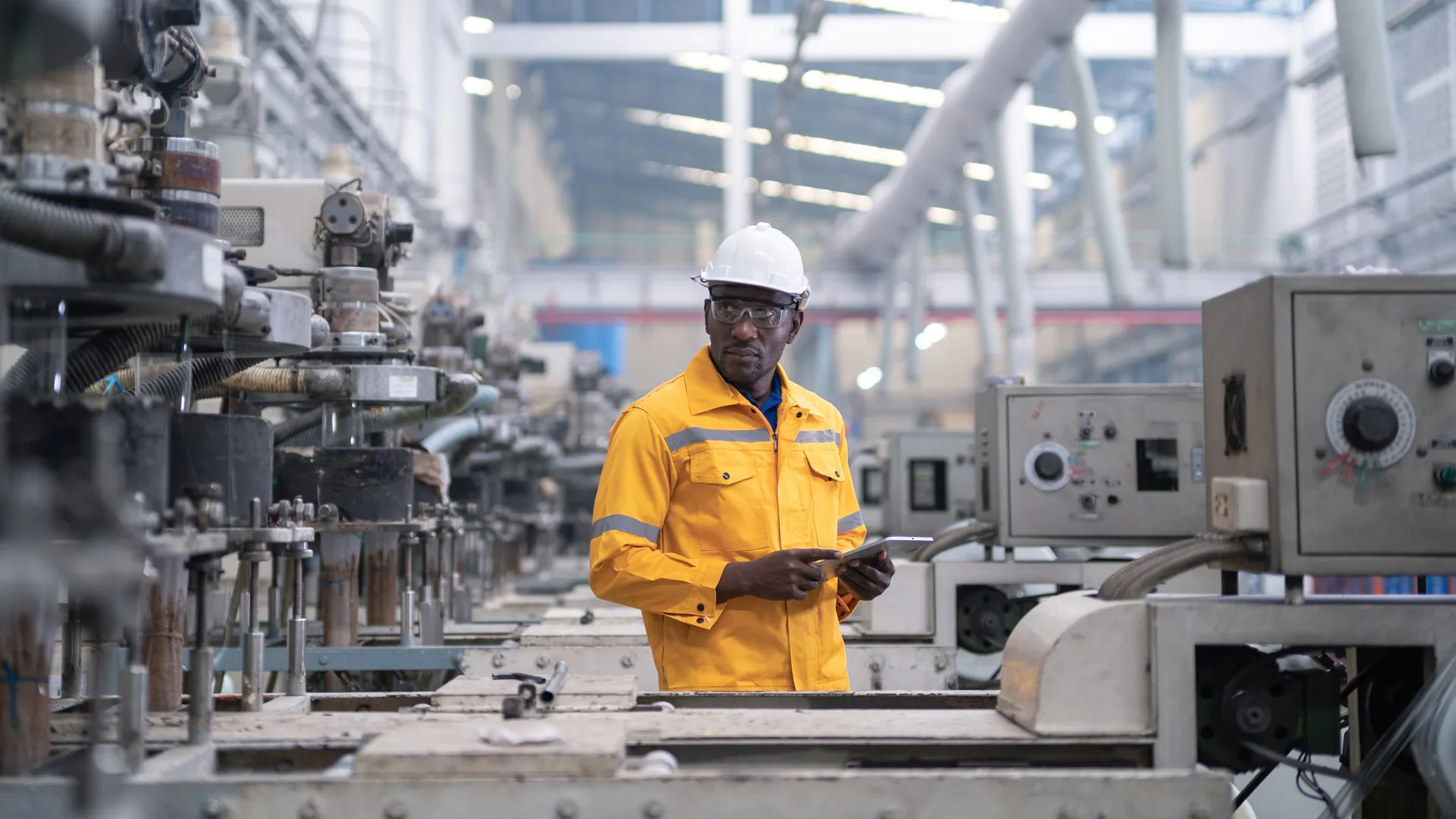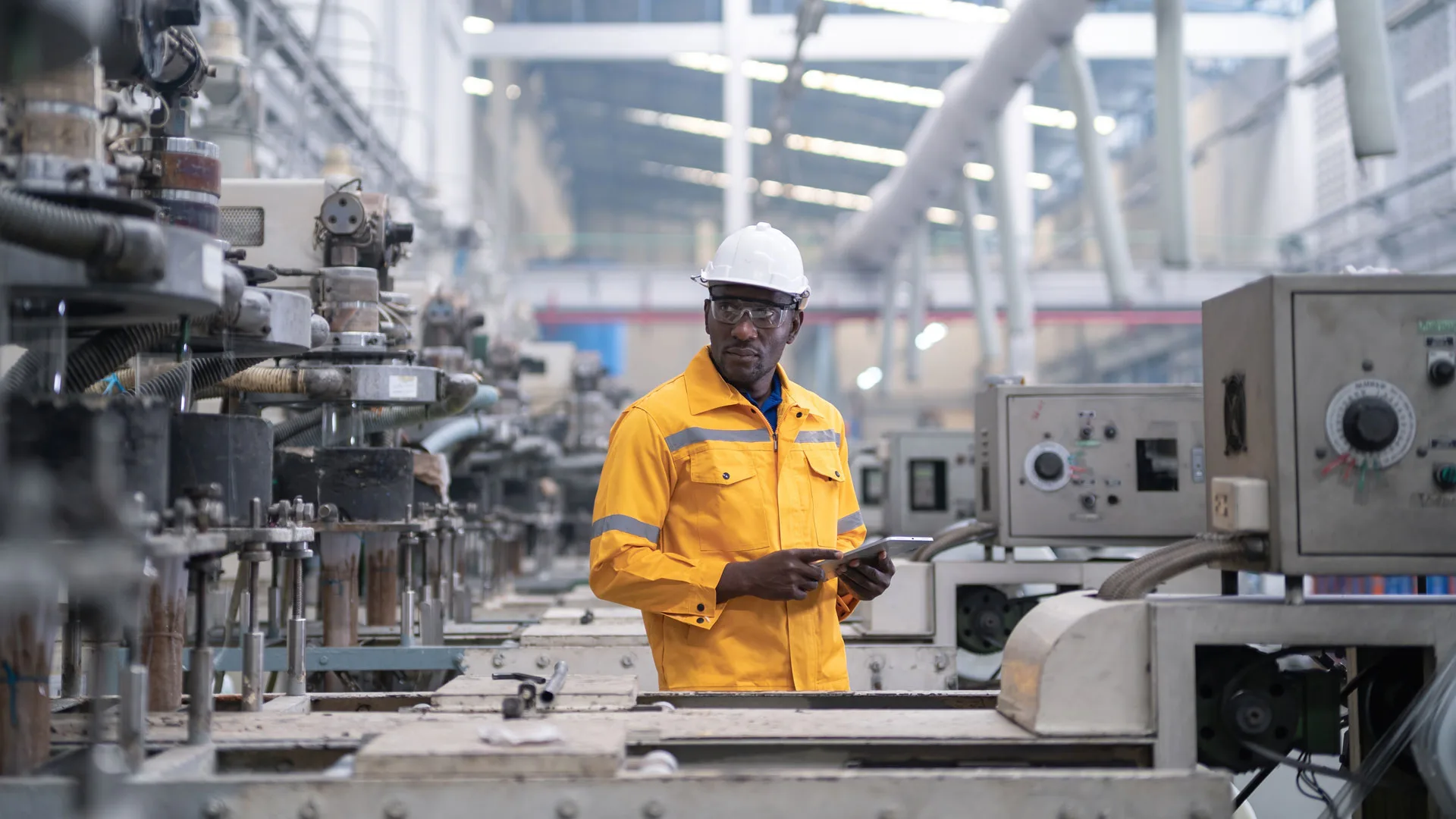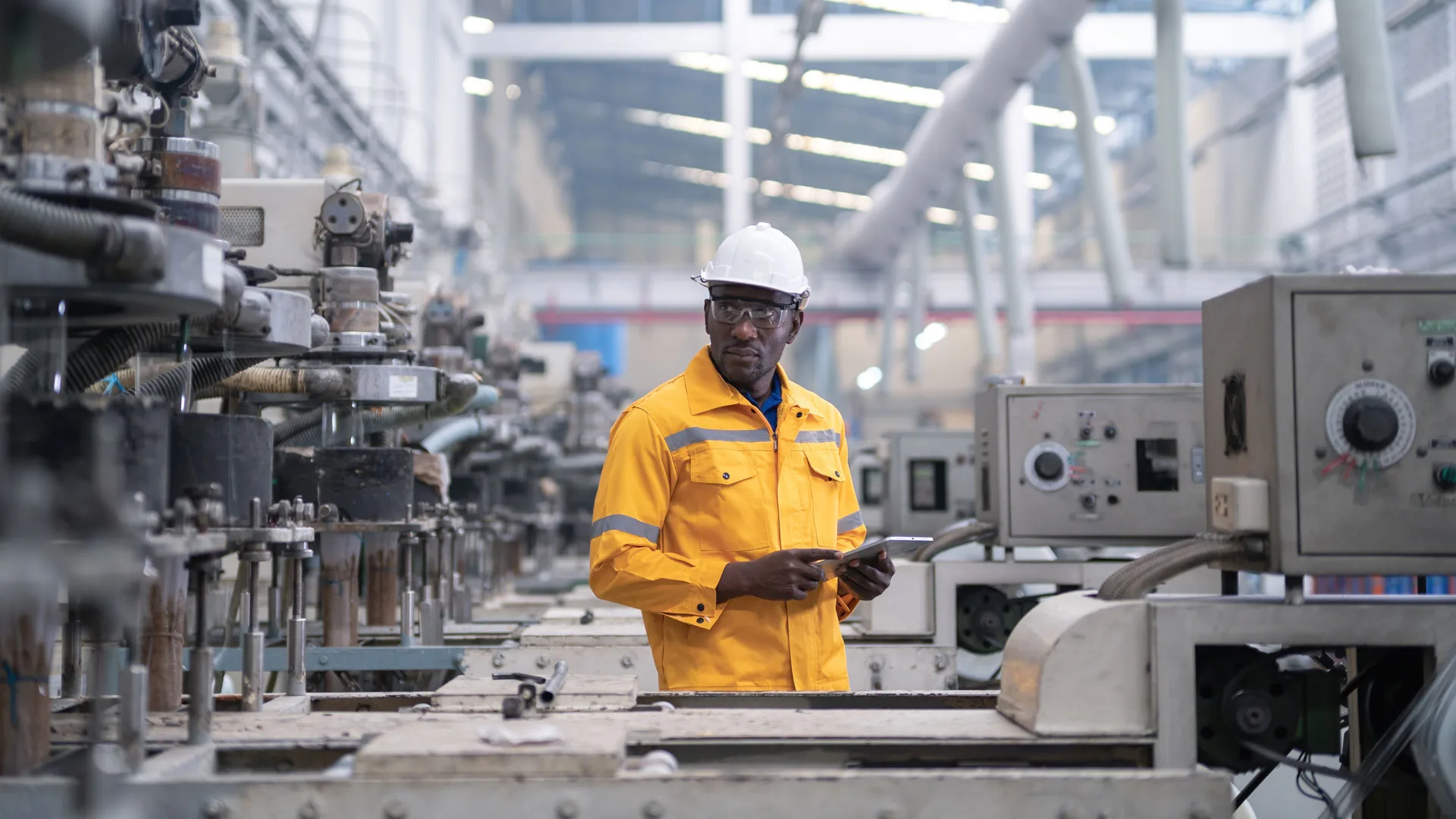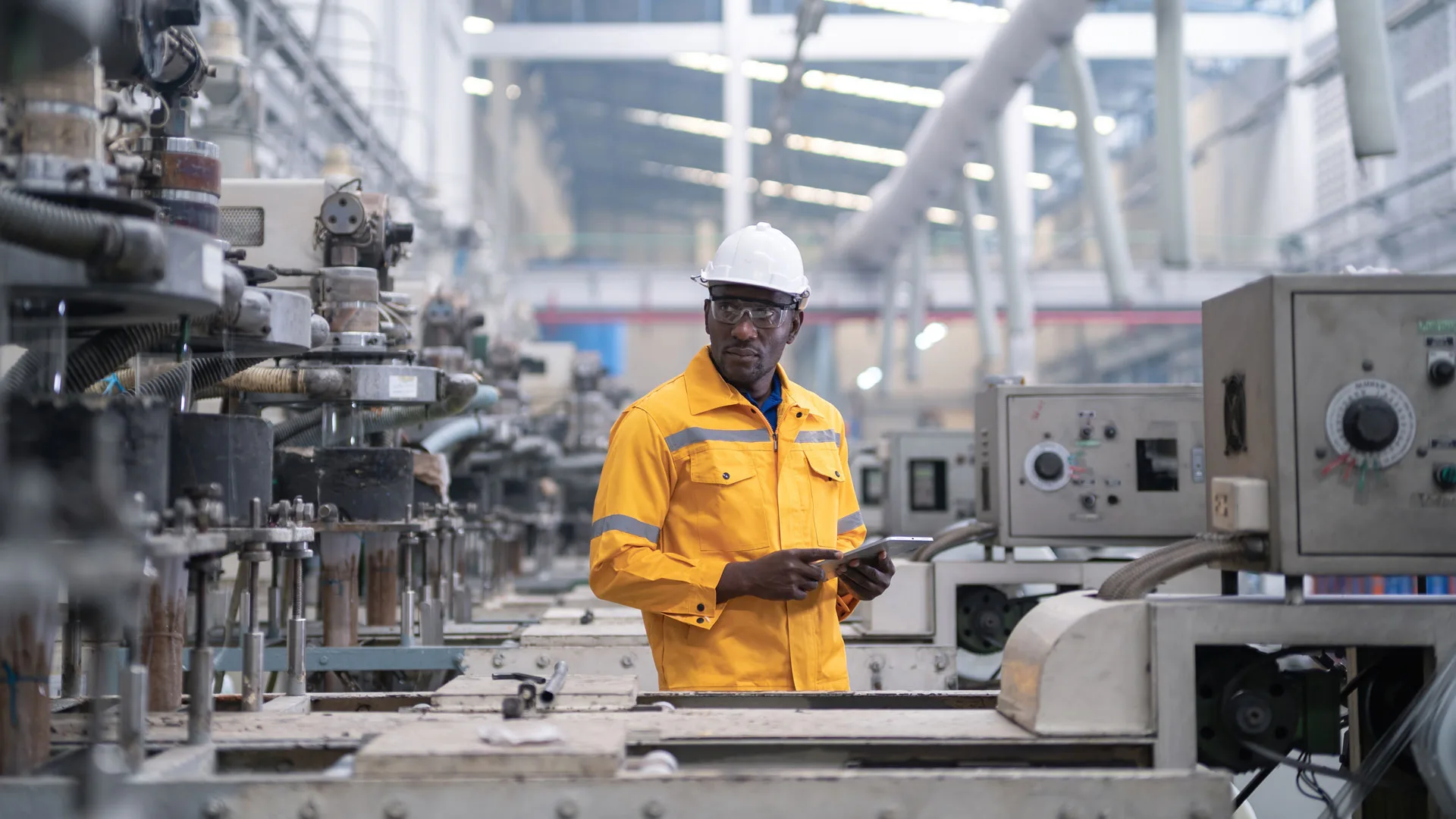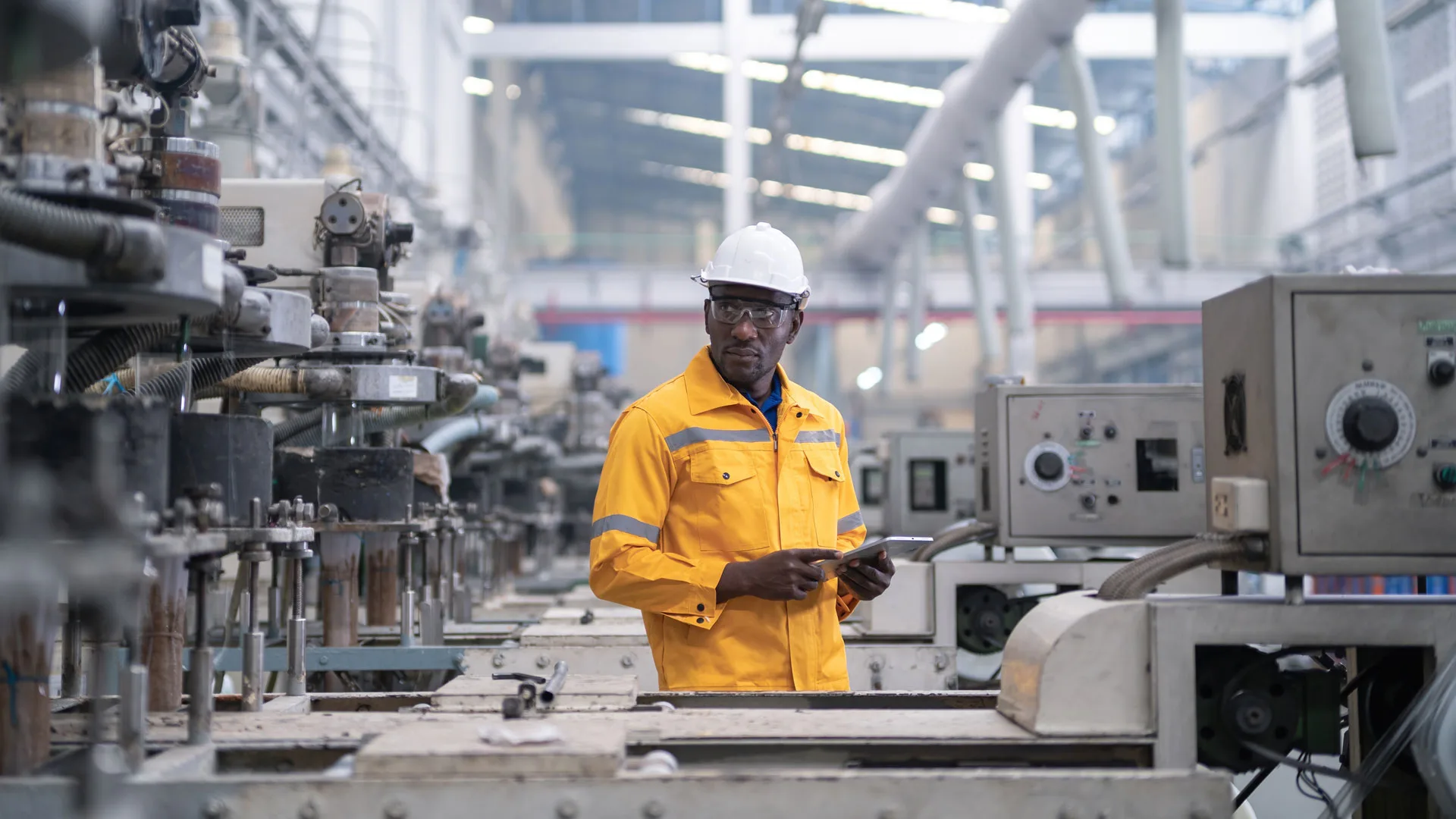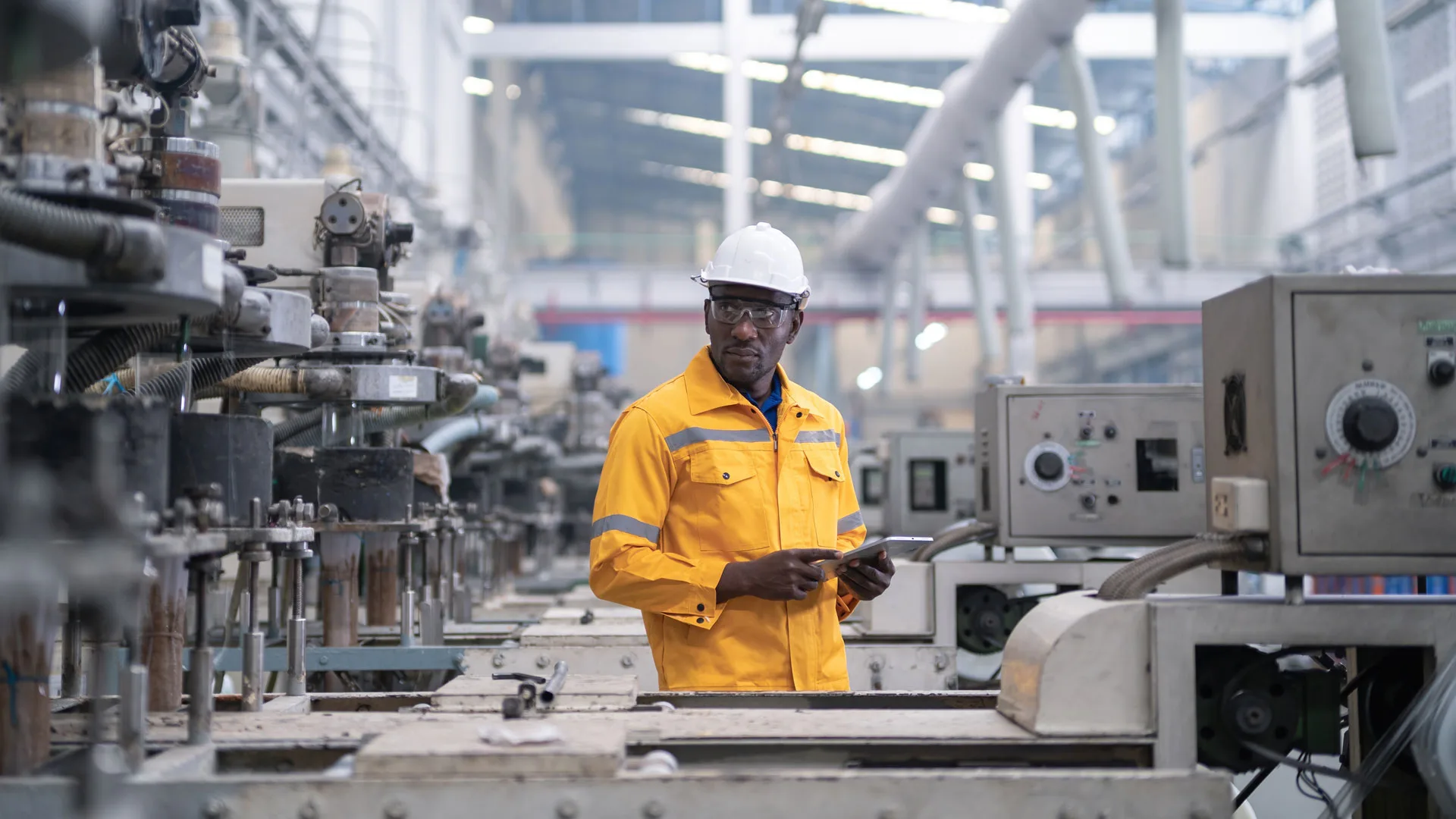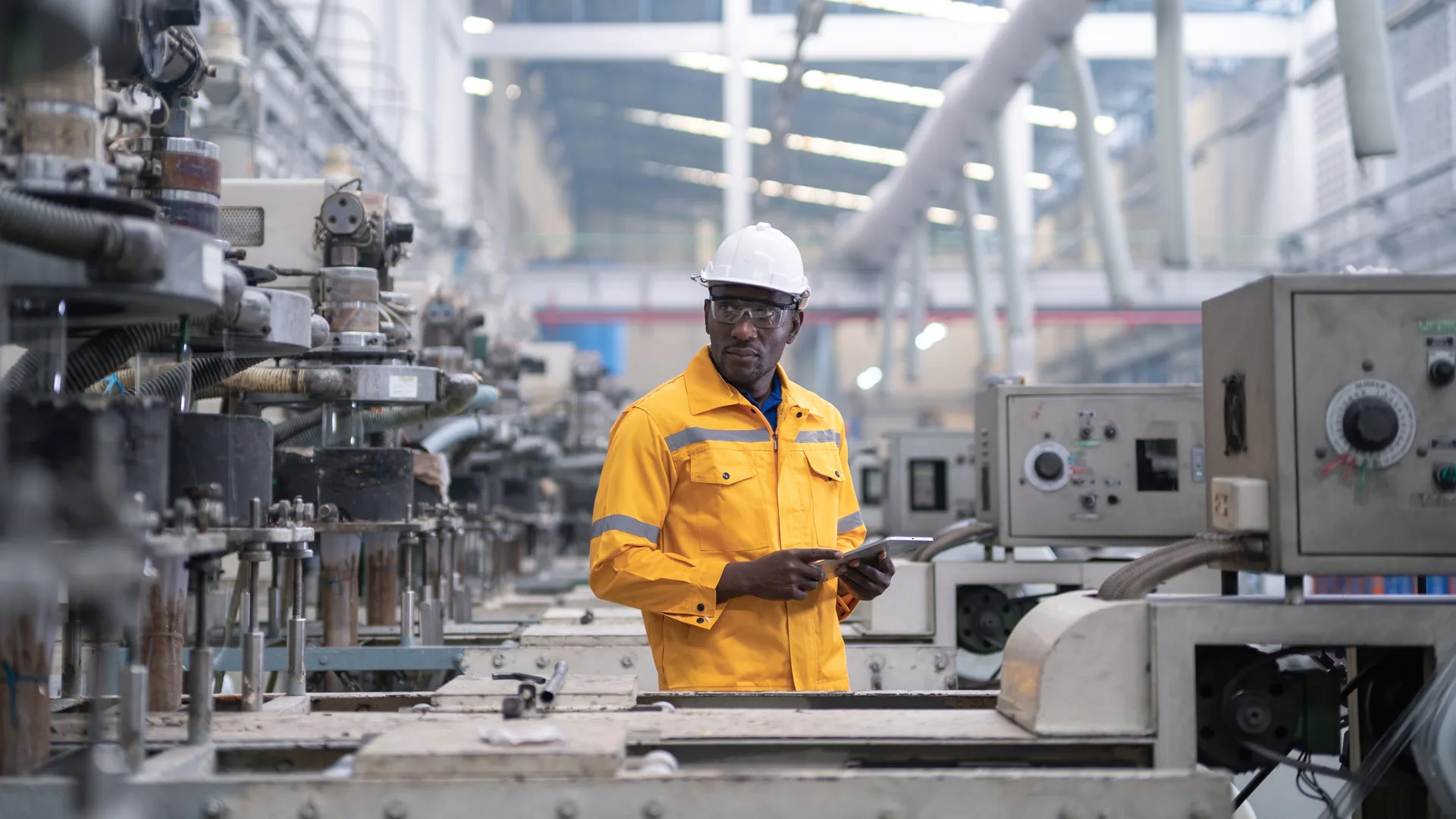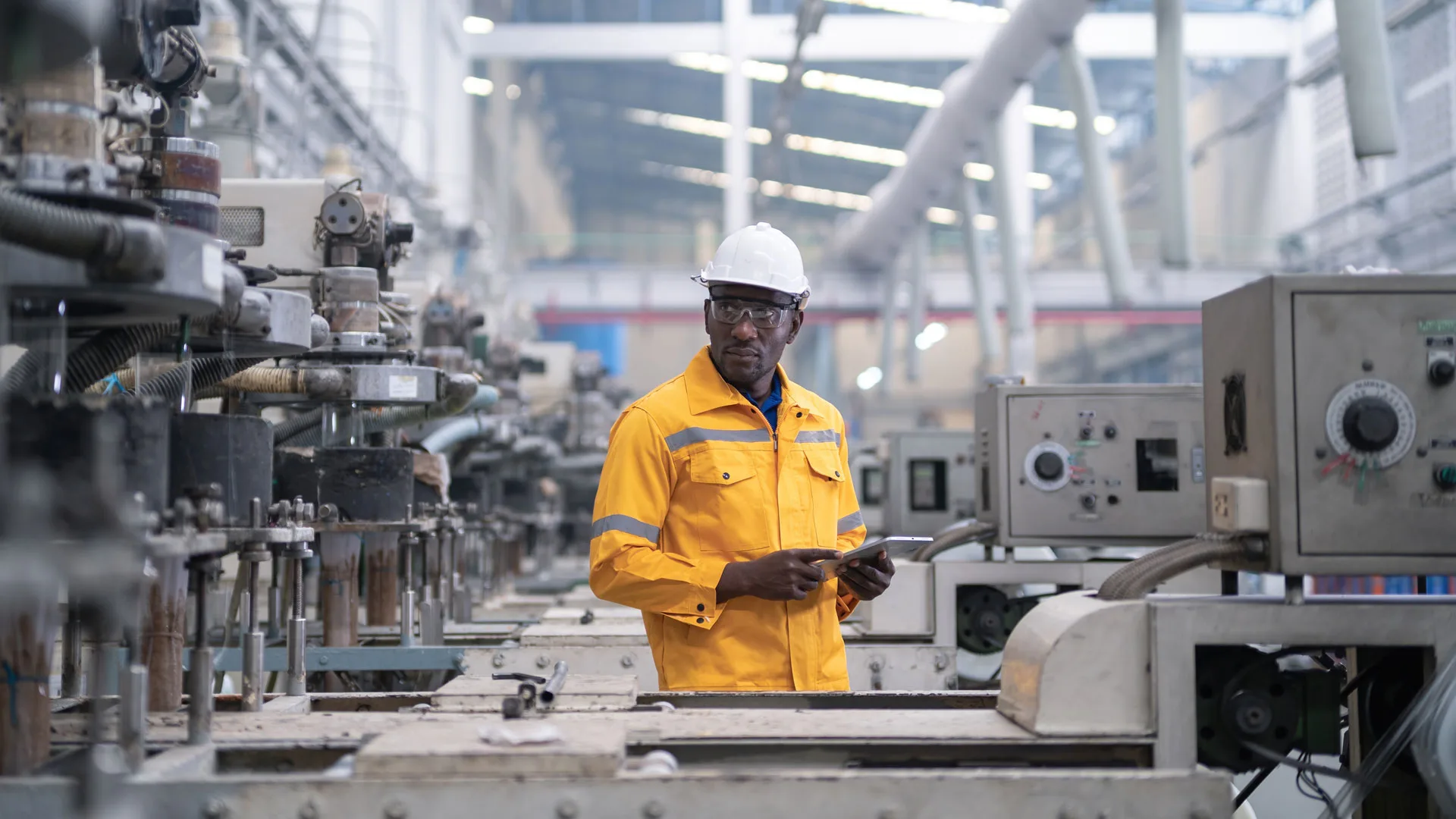Factory warehouses represent the backbone of modern supply chains, combining manufacturing capabilities with extensive storage …
Factory Employers Liability Insurance: Protecting Your Workforce in High-Risk Manufacturing Environments
Factory operations present unique challenges when it comes to employee safety and workplace protection. From heavy machinery and chemical exposure to repetitive strain injuries and industrial accidents, manufacturing environments carry inherent risks that require comprehensive insurance coverage. Factory Employers Liability Insurance provides essential protection for manufacturing businesses, covering legal costs and compensation claims when employees suffer work-related injuries or illnesses.
Understanding Factory Employers Liability Insurance
Employers Liability Insurance is a legal requirement for most UK businesses employing staff, but for factory operations, this coverage becomes even more critical. Manufacturing environments expose workers to numerous hazards daily, from moving machinery and electrical equipment to hazardous substances and high-temperature processes. This specialized insurance protects factory owners against compensation claims from employees who suffer injuries, illnesses, or fatalities while working on the premises or in connection with their employment.
The manufacturing sector accounts for a significant proportion of workplace accidents in the UK, with the Health and Safety Executive reporting thousands of non-fatal injuries and several fatalities in manufacturing industries annually. These statistics highlight the importance of comprehensive employers liability coverage that addresses the specific risks inherent in factory operations.
Key Coverage Areas for Factory Operations
Machinery-Related Injuries
Factory environments typically house complex machinery, conveyor systems, and automated equipment that pose significant injury risks. Employers Liability Insurance covers compensation claims arising from machinery accidents, including crush injuries, cuts from sharp equipment, and incidents involving moving parts. Coverage extends to injuries caused by inadequate machine guarding, maintenance accidents, and operator error.
Chemical and Substance Exposure
Many manufacturing processes involve hazardous chemicals, solvents, adhesives, and other potentially harmful substances. Long-term exposure can lead to respiratory conditions, skin disorders, and other occupational illnesses that may not manifest for years. Your policy covers compensation claims for both acute chemical exposure incidents and chronic conditions developing over time.
Manual Handling Injuries
Factory work often requires heavy lifting, repetitive motions, and awkward positioning that can result in musculoskeletal injuries. Back injuries, repetitive strain injuries, and joint problems are common in manufacturing environments. Employers Liability Insurance provides coverage for these gradually developing conditions as well as acute manual handling injuries.
Slip, Trip, and Fall Accidents
Factory floors can present numerous hazards, from spilled liquids and uneven surfaces to obstacles and inadequate lighting. These environmental factors contribute to slip, trip, and fall accidents that can result in serious injuries. Coverage includes compensation for fractures, head injuries, and other trauma resulting from workplace falls.
Electrical Hazards
Manufacturing facilities rely heavily on electrical systems, creating risks of electrocution, burns, and fires. Employers Liability Insurance covers injuries resulting from electrical accidents, including those caused by faulty equipment, inadequate maintenance, or unsafe working practices around electrical installations.
Noise-Induced Hearing Loss
Prolonged exposure to loud machinery and industrial processes can cause permanent hearing damage. This type of occupational illness often develops gradually, with claims potentially arising years after exposure. Your policy provides coverage for hearing loss compensation claims and associated legal costs.
Industry-Specific Risk Factors
Food Manufacturing
Food processing facilities face unique challenges including wet floors, temperature extremes, and specialized equipment like slicers and mixers. Workers may suffer cuts, burns, falls on slippery surfaces, and repetitive strain injuries from packaging operations. Chemical cleaning agents used in food production also present exposure risks.
Automotive Manufacturing
Car production facilities involve heavy machinery, welding operations, paint spraying, and assembly line work. Common injuries include burns from welding, respiratory issues from paint fumes, repetitive strain from assembly work, and crush injuries from heavy automotive components.
Textile Manufacturing
Textile factories present risks from machinery with moving parts, chemical dyes and treatments, and repetitive motions. Workers may suffer cuts from cutting equipment, respiratory problems from fiber dust, and musculoskeletal injuries from repetitive tasks.
Chemical Manufacturing
Chemical production facilities carry heightened risks of exposure to toxic substances, explosions, and chemical burns. Specialized ventilation systems and safety protocols are essential, but accidents can still occur with potentially severe consequences for worker health.
Electronics Manufacturing
Electronics factories involve precision work, chemical solvents, and specialized equipment. Workers may develop repetitive strain injuries, suffer chemical exposure, or experience eye strain from detailed assembly work under bright lighting.
Legal Requirements and Compliance
Under UK law, employers must maintain Employers Liability Insurance with minimum coverage of £5 million per claim. However, factory operations often require higher coverage limits due to the increased risk of serious injuries and potential for multiple claims from single incidents. Many insurers recommend coverage of £10 million or more for manufacturing operations.
The Employers' Liability (Compulsory Insurance) Act 1969 requires businesses to display their insurance certificate prominently in the workplace. Failure to maintain adequate coverage can result in fines of up to £2,500 per day, making compliance essential for factory operations.
Factory owners must also comply with extensive health and safety regulations, including the Health and Safety at Work Act 1974, the Management of Health and Safety at Work Regulations 1999, and industry-specific regulations covering machinery safety, chemical handling, and workplace conditions.
Claims Process and Management
Immediate Response Procedures
When a workplace injury occurs in your factory, immediate response is crucial. Ensure the injured employee receives appropriate medical attention, secure the accident scene, and document the incident thoroughly. Contact your insurance provider as soon as possible to report the claim and begin the investigation process.
Investigation and Documentation
Insurance providers will conduct thorough investigations of factory accident claims, examining safety procedures, maintenance records, training documentation, and witness statements. Comprehensive record-keeping throughout your operations helps demonstrate compliance with safety regulations and can influence claim outcomes.
Legal Representation
Complex factory injury claims often require specialized legal expertise. Your Employers Liability Insurance includes access to experienced legal representatives who understand manufacturing industry risks and can effectively defend against compensation claims while ensuring fair treatment for injured employees.
Settlement and Compensation
Compensation amounts for factory injuries can be substantial, particularly for serious injuries resulting in permanent disability or long-term health conditions. Settlements consider medical expenses, lost earnings, ongoing care requirements, and pain and suffering. Having adequate coverage limits protects your business from potentially devastating financial exposure.
Risk Management and Prevention
Safety Training Programs
Comprehensive safety training is essential for all factory employees, from new hire orientation to ongoing refresher courses. Training should cover machinery operation, chemical handling, emergency procedures, and personal protective equipment use. Well-documented training programs can help reduce claims and demonstrate your commitment to employee safety.
Equipment Maintenance
Regular maintenance of factory machinery and equipment is crucial for preventing accidents. Establish documented maintenance schedules, conduct regular safety inspections, and address potential hazards promptly. Proper maintenance records can be valuable evidence in defending against claims alleging equipment failure.
Personal Protective Equipment
Providing appropriate PPE and ensuring its consistent use is fundamental to factory safety. This includes safety glasses, hearing protection, gloves, respirators, and protective clothing specific to your manufacturing processes. Regular PPE inspections and replacement schedules help maintain effectiveness.
Workplace Design and Layout
Factory layout significantly impacts employee safety. Ensure adequate lighting, clear walkways, proper ventilation, and appropriate spacing around machinery. Regular workplace assessments can identify potential hazards before they result in injuries.
Health Surveillance
For factories involving exposure to hazardous substances or conditions that may cause occupational illness, health surveillance programs help detect early signs of work-related health problems. Regular health screenings can identify issues before they become serious, potentially reducing long-term compensation claims.
Cost Factors and Premium Considerations
Industry Classification
Insurance premiums for factory operations vary significantly based on your specific manufacturing sector. High-risk industries like chemical manufacturing typically face higher premiums than lower-risk operations like electronics assembly. Accurate industry classification ensures appropriate coverage and fair pricing.
Claims History
Your factory's claims history directly impacts insurance costs. A strong safety record with few claims can result in premium discounts, while frequent claims may increase costs. Investing in safety improvements can lead to long-term premium savings.
Employee Count and Payroll
Premium calculations typically consider the number of employees and total payroll, as these factors indicate exposure levels. Seasonal variations in staffing should be communicated to your insurer to ensure adequate coverage throughout the year.
Safety Measures and Certifications
Factories with robust safety programs, industry certifications, and documented risk management procedures may qualify for premium discounts. Safety investments often pay for themselves through reduced insurance costs and fewer workplace incidents.
Choosing the Right Coverage
Coverage Limits
While £5 million is the legal minimum, factory operations should consider higher limits based on their specific risks. Serious machinery accidents or chemical exposure incidents can result in substantial compensation awards that could exceed minimum coverage levels.
Policy Extensions
Consider additional coverage options that may benefit your factory operations, such as cover for work-related stress claims, protection for employees working overseas, or coverage for independent contractors working on your premises.
Insurer Expertise
Choose an insurance provider with experience in manufacturing risks who understands the unique challenges facing factory operations. Specialized insurers can offer better coverage terms and more effective claims handling for industrial accidents.
Regular Policy Reviews
Factory operations evolve over time with new equipment, processes, and regulations. Regular policy reviews ensure your coverage remains adequate as your business changes and grows.
Integration with Other Insurance Policies
Public Liability Insurance
While Employers Liability covers your employees, Public Liability Insurance protects against claims from visitors, contractors, and members of the public who may be injured on your factory premises. These policies work together to provide comprehensive protection.
Product Liability Insurance
If your factory produces goods that could potentially cause injury to end users, Product Liability Insurance provides additional protection beyond employers liability coverage.
Commercial Property Insurance
Factory buildings, machinery, and equipment represent significant investments that require protection through commercial property insurance. This coverage complements employers liability by protecting your physical assets.
Regulatory Compliance and Best Practices
Health and Safety Executive Requirements
The HSE sets strict standards for factory operations, including machinery safety, chemical handling, and workplace conditions. Compliance with HSE requirements not only protects your employees but can also influence insurance costs and claims outcomes.
Industry Standards and Certifications
Many manufacturing sectors have specific safety standards and certification programs. Achieving and maintaining these certifications demonstrates your commitment to employee safety and may result in insurance benefits.
Documentation and Record Keeping
Maintain comprehensive records of safety training, equipment maintenance, incident reports, and health surveillance activities. These records are essential for insurance claims and regulatory compliance.
Common Exclusions and Limitations
Intentional Acts
Employers Liability Insurance typically excludes coverage for injuries resulting from intentional acts by the employer or deliberate violations of safety regulations.
Motor Vehicle Accidents
Injuries involving company vehicles are usually covered under commercial motor insurance rather than employers liability policies.
Offshore Work
Standard policies may exclude coverage for employees working offshore or in certain international locations, requiring specialized coverage.
Pre-Existing Conditions
While occupational illnesses are covered, pre-existing medical conditions that are not work-related are typically excluded from coverage.
Future Considerations and Industry Trends
Automation and Robotics
As factories increasingly adopt automated systems and robotics, new types of risks emerge. Insurance policies must evolve to address injuries related to human-robot interaction and automated system failures.
Environmental Health Concerns
Growing awareness of environmental health impacts may lead to new types of occupational illness claims, requiring insurance coverage to adapt accordingly.
Mental Health and Workplace Stress
Recognition of work-related mental health issues is increasing, with potential implications for employers liability coverage in high-stress manufacturing environments.
Conclusion
Factory Employers Liability Insurance is an essential protection for manufacturing businesses, providing crucial coverage for the unique risks inherent in industrial operations. From machinery accidents and chemical exposure to repetitive strain injuries and occupational illnesses, comprehensive coverage protects both your employees and your business from the financial consequences of workplace incidents.
Effective risk management, including robust safety training, equipment maintenance, and regulatory compliance, not only protects your workforce but can also reduce insurance costs and improve your overall business operations. Regular policy reviews and working with experienced insurance providers ensure your coverage remains adequate as your factory operations evolve.
The investment in comprehensive Employers Liability Insurance, combined with proactive safety measures, creates a foundation for sustainable manufacturing operations that prioritize employee wellbeing while protecting business continuity. In today's competitive manufacturing environment, this protection is not just a legal requirement but a business necessity that supports long-term success and growth.
For expert guidance on Factory Employers Liability Insurance tailored to your specific manufacturing operations, contact Insure24 at 0330 127 2333. Our experienced team understands the unique challenges facing factory operations and can help you secure comprehensive coverage that protects your workforce and your business.


 0330 127 2333
0330 127 2333
